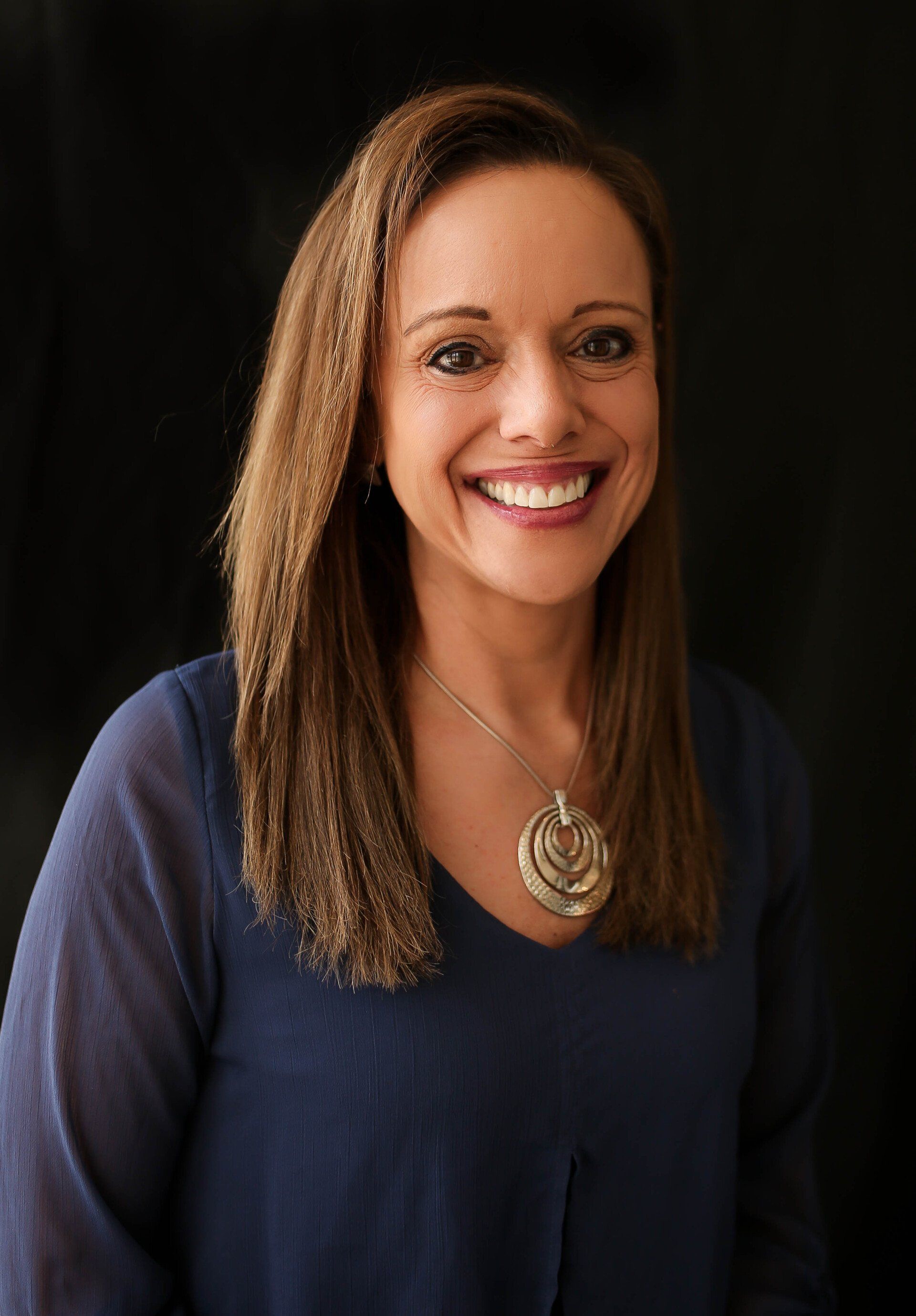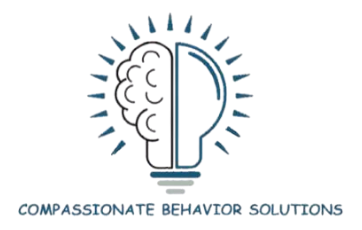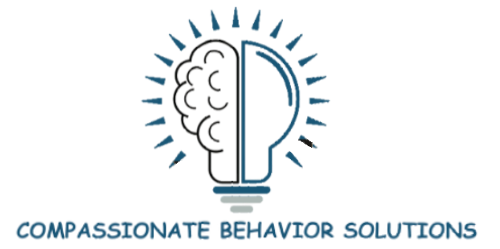
Amy Buie's Story.
I am a Board Certified Behavior Analyst. This means I know something about behavior, and I believe I do know at least a little something about behavior. I was certain when I saw kids in the grocery store having a tantrum that the parents were to blame, and I certainly was going to do better once I had my own kids. Apparently, I know enough about behavior to have opened a school for kids who have autism and severe behavioral problems, and all of the children at my school have made remarkable progress. I might even dare to go so far as to say that I might actually be pretty good at dealing with challenging behavior. At least that’s what people tell me.
However, in 1997, I gave birth to my first son, and everything I thought I knew about behavior changed dramatically. He had a traumatic start to life, born eight weeks early with a brain bleed, and early on we began to see extreme behavior. Rage is what I would call it. At 3 years old, we already had holes in our drywall from meltdowns that included aggression and property destruction. I definitely thought I could wave my magical “Behavior Analysis” wand and fix it all, but it wasn’t working.
I was so embarrassed everywhere we went. The tantrums in the grocery store were now MY kid that everyone was staring at. I knew what they were thinking – she is a bad parent. I knew it because it was what I used to think. I felt like I wanted to wear a shirt or hand out cards to let people know I SPECIALIZED in behavior so they wouldn’t judge me.
I tried everything with the help of my husband. I tried timeouts, yelling, not yelling, sticker charts, penny boards, consequences, rewarding with toys and candy, and everything else I thought was supposed to work. The textbooks said it worked. I even told families of kids with autism it worked, and I saw it work. Yet with my son, it was not working. In fact, it was getting worse.
After he turned three, he was given a diagnosis of the oppositional defiant disorder. Over the years we have been given a lot more “labels.” They include bipolar, obsessive-compulsive disorder, generalized anxiety disorder, ADHD, and severe learning disabilities. I read all I could each time a new diagnosis was given and sure enough, he seemed to meet all of the criteria for all of them. My next quest was to figure out how I could help him with his behavior, specifically the rage, aggression, and refusals.
Even though I wanted more peace in our home, my quest for behavior strategies was not just for that purpose. He was miserable and unhappy. I longed to see the joy in him, and that was missing almost all of the time. I just wanted him to be happy and have the life a kid was supposed to have.
I was still convinced that “behavior analysis” worked. Behavior was and still is my life. I refused to believe that Skinner did not get this right for just my kid. (B.F. Skinner is the father of behavior analysis, by the way). I asked every doctor, teacher, and behavior analyst I knew the same questions: “Does it seem like typical behavior approaches don’t always work with kids with emotional disorders?” “Does it seem like consequences make things worse or strategies only work during certain ‘cycles’ of mood?” Everyone agreed; this stuff was all very “hit and miss” with kids who have emotional disorders. People would say, “They’re a whole different breed.” However, I refused to give up. There just had to be something to help my son with his extreme behaviors.
By middle school, it was worse, not better, so I was even more determined to figure it out. I read many books and some helped, including Ross Greene’s, The Explosive Child. However, as of today, we have eight psychiatric hospitalizations under our belt for what doctors wrote as “suicidal tendencies and aggression toward self and others.” I knew my son was not a monster. He seemed so riddled with fear every moment. I was frustrated, yelling one minute and crying with sadness for him the next.I continued as a behavior analyst and presented all the strategies that were not working for my son to teachers throughout the state of Missouri. You know, reinforcement and consequences. I knew they were research-based and worked with most kids but for some reason, not mine. I remember in one of the workshops a teacher asked me about using these “typical” strategies for kids with emotional disorders. I told her I was still working on figuring that out and that I was going to write a book titled What Happens When a Behavior Analyst Has a Son with Bipolar? – WTF. Everyone laughed, but I still didn’t feel like I had an answer.
My son was getting bigger and stronger, and I remember being at home a few times and being scared of him – scared that he could really hurt me. It was an awful feeling. Once I tried to “be the one in charge” and require him to listen to me. We had to go to his psychiatrist and I had to interrupt him from playing a video game. After a struggle to get him in the car, he was so angry he kicked out the windshield. I knew at that moment a time might come when he would not be able to live safely with us anymore, and it broke my heart in two.
Finally, after many years of challenges and a lot of “crisis moment prayers,” I began getting some answers. I always thought his recovery was just around the next doctor, counselor, or medication. On the night of his most recent hospitalization, I realized with as much certainty as I would ever know about anything in my life that my son was mentally ill and always would be mentally ill. As he lay there in the emergency room waiting for a bed to open for another in-patient hospitalization, I surrendered to God. I didn’t know what else to do but pray. I laid my hand on his back while he slept and just prayed—and didn’t stop. For hours, I gently rubbed his back and prayed. I just didn’t know what else to do.
After that night, some of the answers I had been looking for all these years began to show up. Some of it involved the research I had been studying, and some of it involved a new workshop and book that I had never heard of but came to me at the perfect time. I spent hours reading and researching the parts of behavior analysis that would apply, and I am happy to say Skinner did not get it wrong. I was just looking in the wrong place.
This book or manual is what I have put together for kids like my son – kids and children like yours. Rage to Reason is the accumulation of my work as a behavior analyst, a teacher, and a mother of a child with a severe emotional disorder. I believe that if you are a classroom teacher or a parent, Rage to Reason will be the answer you are looking for. It will not only bring peace to your classroom or home, but it will also bring joy and laughter back into your kids in ways you forgot were possible. Yes, it will get children to listen to you again, but more importantly, it will give you empathy and understanding to build a stronger and loving relationship with them.
I wish you the strength of God or your own universal spirit to make the changes necessary to implement this program and make kids successful. Good luck with everything!
Sincerely,
Amy Buie, Behavior Analyst, Teacher, and Mom

